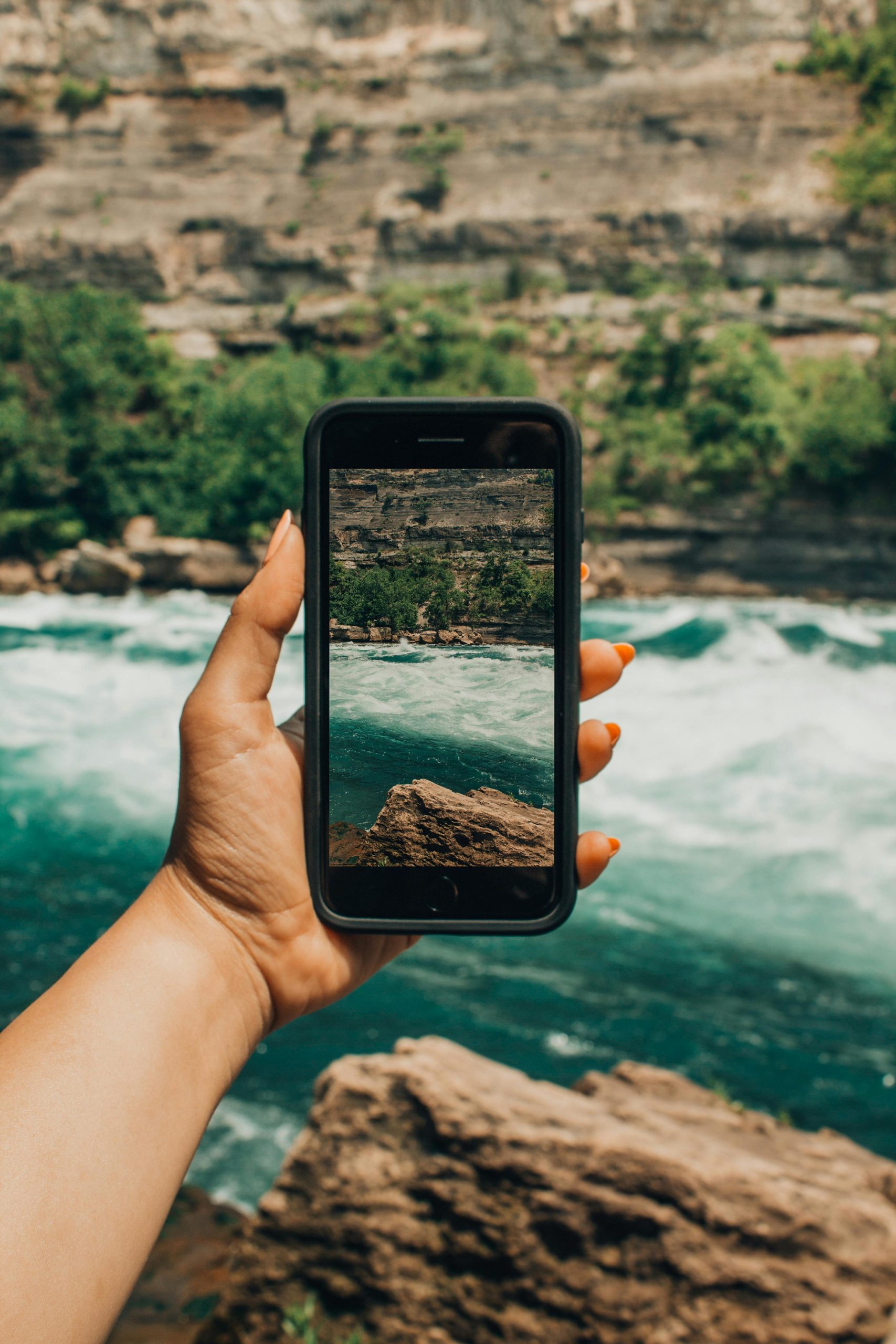Troubleshooting App Deactivation: A Comprehensive Guide to Removing Minecraft from Your Samsung Galaxy S21 FE
The digital landscape is vast and ever-evolving, ushering in an age where mobile applications hold the reins to vast realms of experiences, entertainment, and productivity. However, every so often, users encounter technical glitches that transform these virtual allies into unwelcome guests. If you’ve ever attempted to remove an app only to encounter inexplicable hurdles, you’re not alone. In this guide, we’ll explore a frequent frustration faced by smartphone users: attempting to rid your Samsung Galaxy S21 FE of the Minecraft app when it refuses to leave peacefully. We’ll navigate this common conundrum by breaking down the process into manageable steps, delving into possible solutions, and offering preventative measures.
Understanding the Problem: Why Won’t Minecraft Uninstall?
Before diving into solutions, it’s essential to understand the problem’s root. The situation at hand involves Minecraft — a highly popular game worldwide — which, for some reason, appears to have been disabled but doesn’t display under the ‘Disabled Apps’ section in settings. Moreover, any attempt to interact with the app’s settings ends in a crash. This issue can be caused by several factors, including software glitches, corrupted app files, partial installs, or issues related to Android’s operating system itself.
Possible Causes
- Corrupted Files: Corruption in app files can prevent proper operation or removal.
- Partial Installation/Updates: A disrupted installation or update process can leave apps in a limbo state.
- Android Cache/System Errors: Sometimes, cached data or rare system errors can lead to accessibility issues.
- Device-Specific Bugs: Unique glitches affecting certain models, like the Samsung Galaxy S21 FE, can further complicate resolution.
Step-by-Step Solutions to Removing the Disabled App
Diagnosing the Issue with Safe Mode
Before taking decisive actions, it’s prudent to test if the issue persists in Safe Mode. Safe Mode disables third-party apps temporarily and helps reveal if the problem stems from an app conflict.
How to Enter Safe Mode
- Press and hold the Power Button until the power menu appears.
- Tap and hold the Power Off option until it changes to Safe Mode.
- Confirm by tapping Safe Mode.
While in Safe Mode, navigate to settings and check if Minecraft is now visible under installed apps. If so, attempt to uninstall the app. If successful, reboot the device normally to exit Safe Mode.
Clearing Cache and Data
Clearing cached data can solve glitches connected to invisibility or install-related errors.
- Go to Settings > Apps.
- Tap the three-dot menu at the top-right.
- Select Show System Apps to ensure you’re seeing all installed applications.
- Search for Minecraft.
- Select Storage, then tap Clear Cache and Clear Data.
Note: Clearing data will remove any personal settings or saved data within the app.
Force Stop and Uninstallation
Sometimes, force stopping an app before uninstallation removes stubborn app files.
- Again, navigate to Settings > Apps.
- Locate Minecraft (make sure you view system apps as described previously).
- Tap on Force Stop.
- From there, attempt Uninstall.
Using Device Administration Rights Check
There could be a scenario where the app has obtained admin privileges, preventing uninstallation through normal means.
- Navigate to Settings > Biometrics and Security > Other Security Settings.
- Select Device Admin Apps.
- Check if Minecraft is listed. If it is, revoke the permissions.
- Attempt to uninstall Minecraft after revoking admin rights.
ADB Command-Line Method (Advanced Users)
For tech-savvy individuals comfortable with subtle operating system manipulations, Android Debug Bridge (ADB) can be leveraged to force the removal.
- Install Android SDK Platform Tools on your PC.
- Enable Developer Options on your device: Tap on About Phone in settings, then tap Build Number seven times.
- Go back to Settings > Developer Options and enable USB Debugging.
- Connect your phone to your computer.
- Open a command prompt on your computer and navigate to the folder containing ADB.
- Execute
adb devicesto ensure your device is recognized. - Then, use the command
adb shell pm uninstall --user 0 com.mojang.minecraftpe.
This will force uninstall the app from your device profile. Be cautious, as misuse of ADB can cause system instability.
Preventative Measures for Future Conflicts
While daunting, technical snags offer opportunities to learn and fortify against future reoccurrences. Here are some preventative tips:
Regular Software Updates
Ensure both your device’s operating system and apps are up-to-date to benefit from bug fixes and security enhancements.
App Permissions Management
Regularly review and manage app permissions to avoid access creep and potential conflict points.
Routine Cache Cleaning
Use built-in storage management tools or trusted apps to keep your device’s cache cleared, aiding optimal performance and resolution availability for minor glitches.
Backup and Restore
Take advantage of Android’s backup and restore features to safeguard data, helping maintain order if a factory reset becomes necessary. A fresh start can sometimes be the most effective solution for pervasive issues.
Conclusion
While technology can be unpredictable, with persistence and the right approach, solutions are often within reach. Despite Minecraft’s ghosting act on your Samsung Galaxy S21 FE, a methodical approach can restore control. Whether through traditional methods or advanced tools like ADB, the technical challenges faced are surmountable. By integrating regular maintenance routines and ensuring software currency, the user experience can remain seamless and enjoyable — allowing devices to consistently serve as reliable partners in navigating our digital lives.
Share this content:



Response to App Removal Issue
It sounds like you’re dealing with a frustrating issue regarding uninstalling Minecraft from your Samsung Galaxy S21 FE. Here are some additional insights and steps that may help you resolve this problem effectively:
Double Check for App Dependencies
Sometimes applications depend on other apps for their functionality. Ensure no other apps linked to Minecraft are currently active or causing a conflict. Consider temporarily disabling or uninstalling related apps.
Utilizing Third-Party Uninstaller Tools
If the built-in methods still fail, you might want to consider using a third-party uninstaller application. Many of these tools can forcefully remove stubborn apps and even clean up residual files that may be causing issues. Just make sure to use well-reviewed and reputable apps to avoid potential security risks.
Factory Reset as a Last Resort
If all else fails, and the app remains convoluted in your system, a factory reset might be the ultimate solution. Backup your crucial data first, as this will erase all personal settings and apps. Ensure that you document any important files or app configurations prior to proceeding.
Feedback on ADB Method
If you’re comfortable with ADB, ensure that you are using the latest version of the Android SDK Platform Tools to avoid any inherent bugs. When executing the ADB uninstall command, you can
Hello,
It sounds like you’re experiencing difficulty removing the Minecraft app from your Samsung Galaxy S21 FE. Based on the detailed troubleshooting guide you shared, here are some steps you can try: